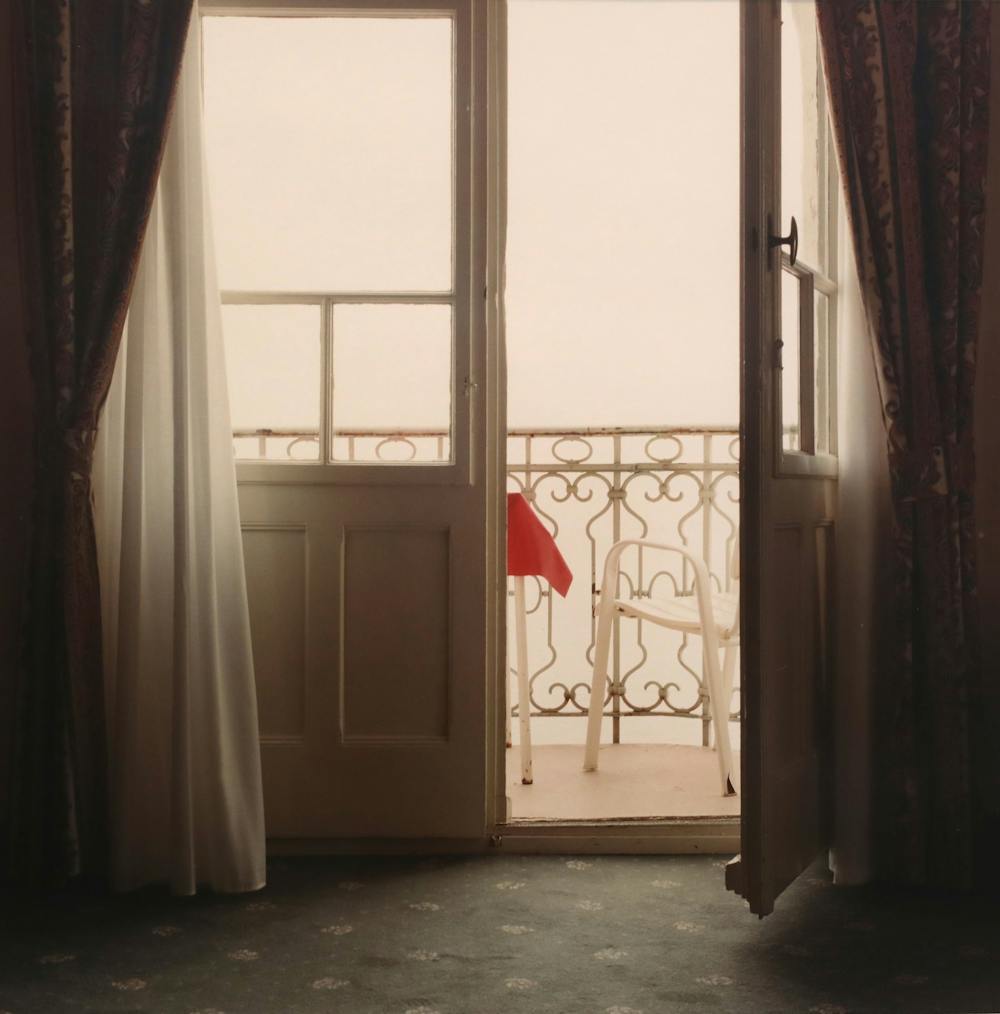Nestled in the woods between Durham and Chapel Hill lies a most unique venue of the Triangle’s arts culture: Cassilhaus, the “lifelong arts project” undertaken by Ellen Cassilly and Frank Konhaus that takes the form of a “dream home/art gallery/artist studio and residency.” Described as “a singular piece of architecture,” Cassilhaus plays host to several artist exhibitions each year and has been integrating the works into the permanent collection and stunning surroundings to fashion immersive exhibits since the late 2000s. Since its opening, the offerings and initiatives have expanded, but the core mission of bringing special artists to the Triangle has remained strong and been a resounding success.
Cassilhaus’ next exhibition, “Elizabeth Matheson - Uncommon,” opens Oct. 6, featuring works from Elizabeth Matheson’s entire career. Curated by Kent Corley and Lori Vrba and with generous support and guidance from Cassilly and Konhaus, the new exhibition has opened the vault of Matheson’s career, drawing on a fifty-year catalog of stunning images – from intimate self-portraits to pensive interior studies – to create a cohesive experience for visitors. Among currently active North Carolinian photographers, Matheson stands out as a highly important artist, primarily known for capturing “the old homes and landscapes of the South.” Surely, that aspect of Matheson’s career is well-represented in “Uncommon,” but equally as important are the images from other focuses, whether they are black-and-white portraits from her very first roll of film captured in Versailles in 1970 or evocative photos of Italian life from the late 1990s and early 2000s.
The original initiatives of “Uncommon” stem from several years ago, beginning with conversations over Matheson’s dinner table between Vrba, Corley and Matheson, as they pulled out different boxes of photographs and discussed how they might work in concert. “It was like Christmas morning every day,” said Corley. Konhaus was very excited to host the eventual exhibit and became involved in the creative process in its early phase. The guiding idea of the exhibition was to “really surprise people and go with what was deeply moving,” said Vrba. The first edit of the collection contained 132 pieces, which was arduously focused into the 72 pieces that are now on display throughout Cassilhaus’s two main floors. Konhaus himself undertook the meticulous process of framing the prints that would go on display, humorously updating the Cassilhaus Instagram page as he worked through the framing process. Finally, the public will be able to savor the fruits of all involved parties’ labor this week.
Walking into the exhibit for the first time, I entered through the kitchen. Stepping into the space, I was immediately struck by how naturally integrated the prints were on the first floor into the architecture. All rooms except the bedroom are parts of the exhibit in one way or another, inviting the observer into larger or more intimate spaces as one ventures through the house. In the residential spaces, the works are tastefully placed in conjunction with the more permanent aspects of the collection so that one would be unsure what was temporarily on display if she was unaware of the exhibit. A more conventional gallery setting lies upstairs, featuring nearly all original, black-room-developed prints from Matheson’s storied career. Throughout the house, the understated and careful curation shines. While never staid in its execution, there is a reserved and elegant focus from Corley and Vrba that draws the observer throughout the exhibition.
Elegance, it should be noted, was another guiding focus of the entire undertaking. “Elizabeth is a statement of elegance and we wanted to speak to that,” said Vrba. This elegance is immediately apparent throughout the exhibition, but especially so in my favorite portion of the exhibit. From the stairs near the kitchen, the gallery hallway narrows with a large realization of one of Matheson’s early self-portraits, taken in Versailles in 1970, blown up to lifesize proportions on the hall. Next to this realization, a smaller hallway invites the observer into a smaller room where additional self-portraits adorn the walls. The effect of seeing an artist’s previously unseen portraits that she herself had “half-forgotten” until work on “Uncommon” began is magical. This is but one of the many sharp and understated creative choices taken in the exhibit’s curation, and there are nuances for all to discover as they explore the gallery and associated spaces.
The Uncommon exhibition catalog, edited by Molly Renda, is the inaugural publication for Cassilhaus Projects. It serves as both a chronicle and celebration of the work of Elizabeth Matheson and the Uncommon Team. The exhibit will be open Oct. 6, 2022 – Jan. 29, 2023, and visitors must RSVP to visit the exhibit. While all current sessions are full, more spots will be added in the coming weeks. Potential visitors are encouraged to join the Cassilhaus mailing list to find out about future events and showings.
Get The Chronicle straight to your inbox
Sign up for our weekly newsletter. Cancel at any time.

